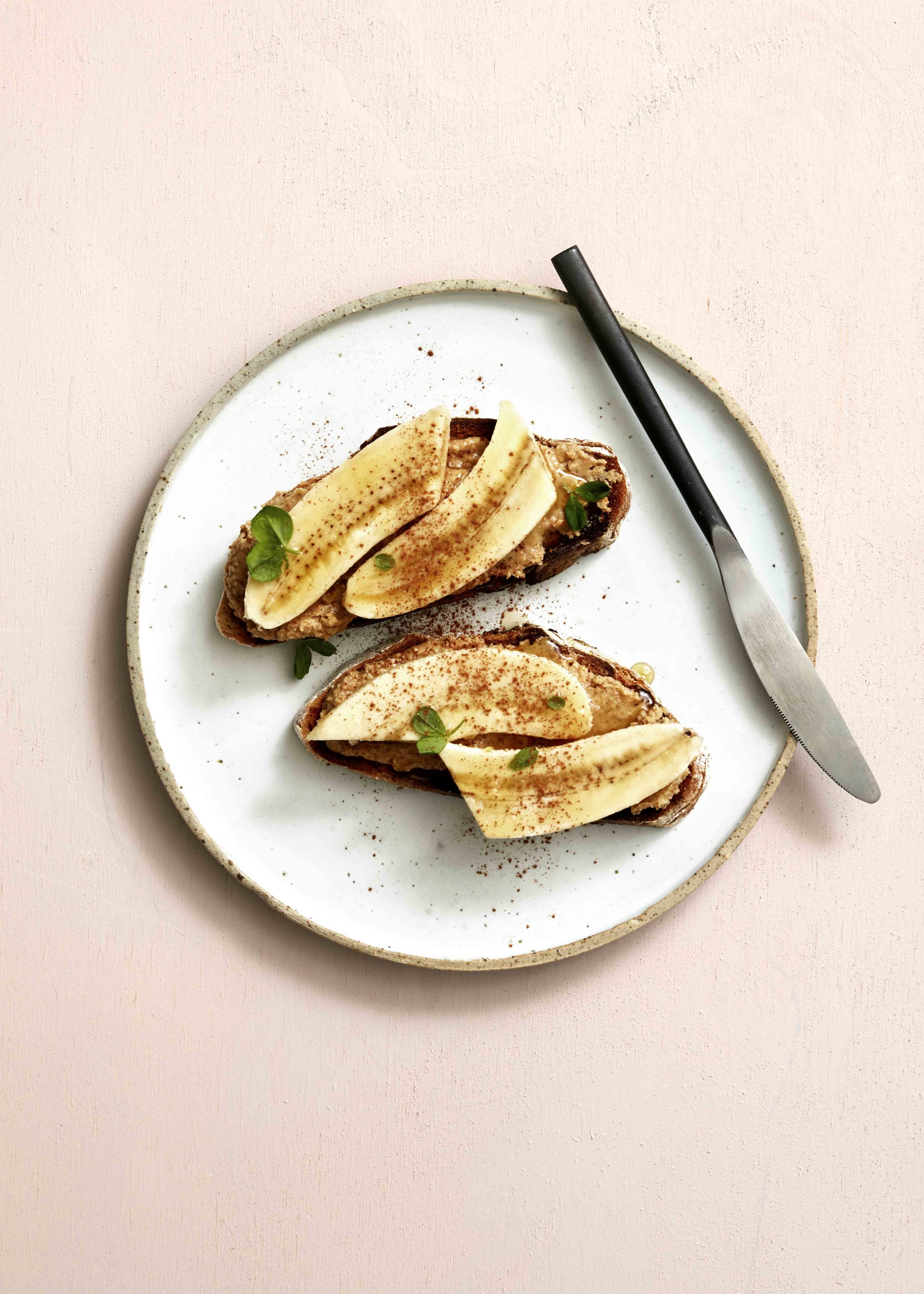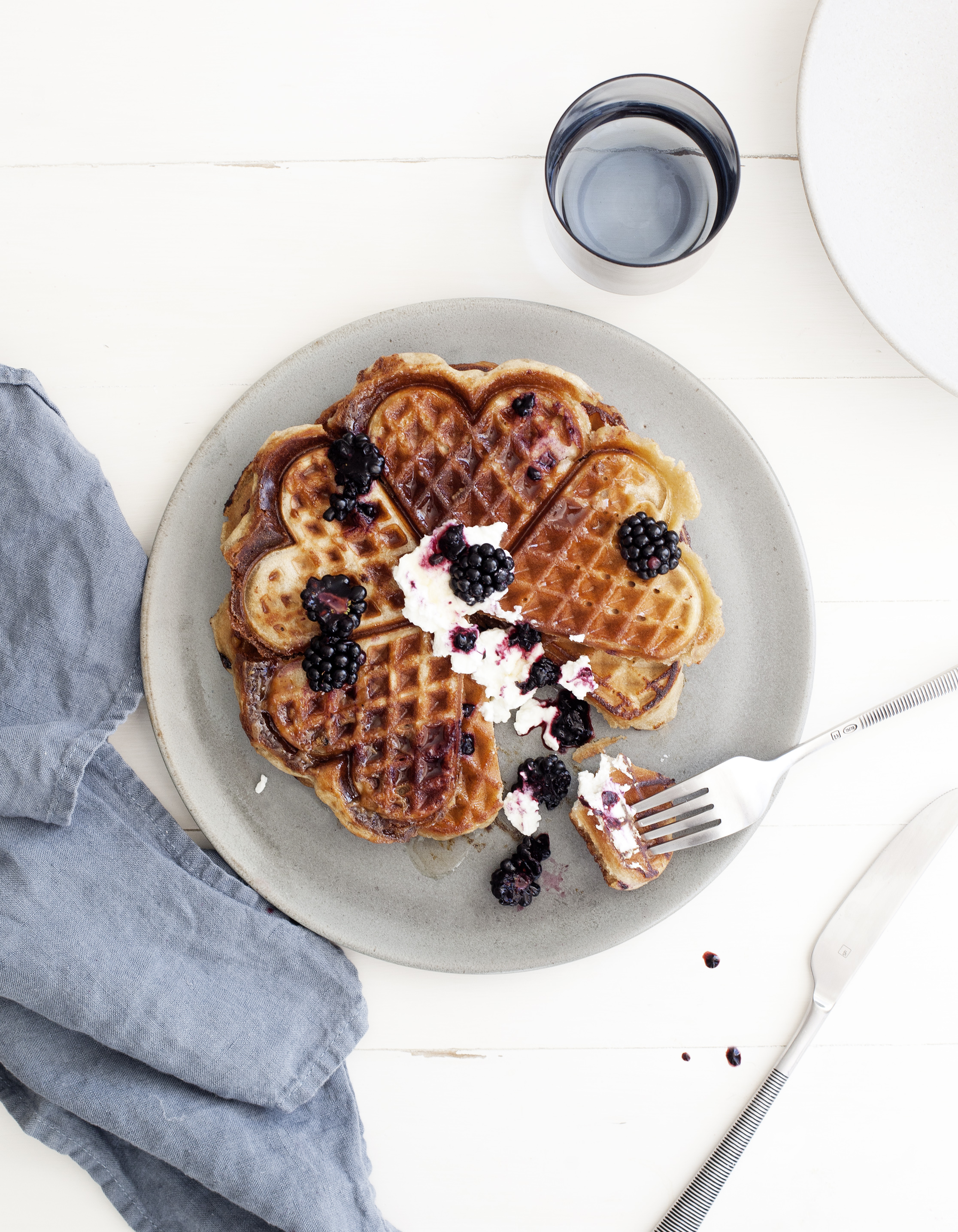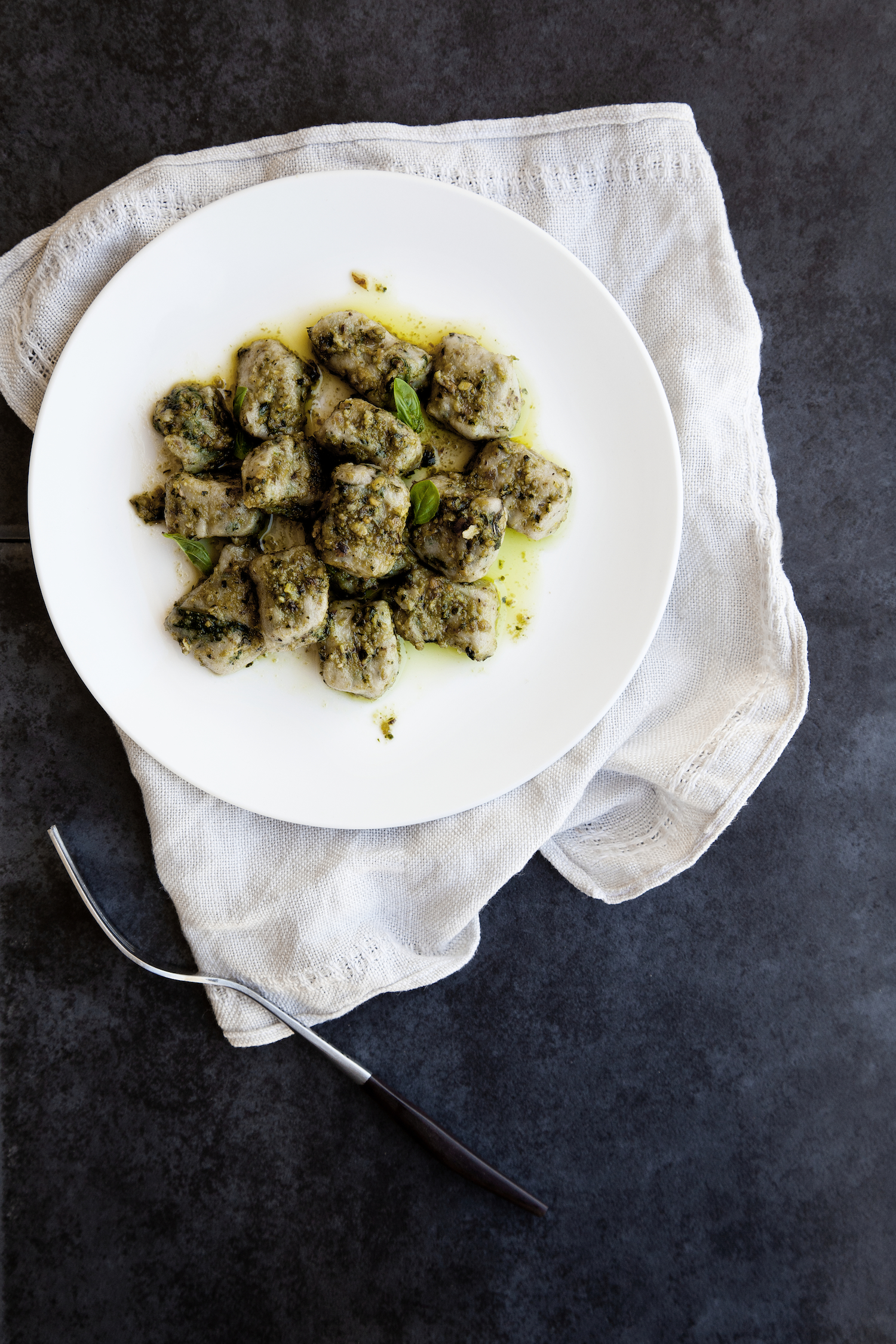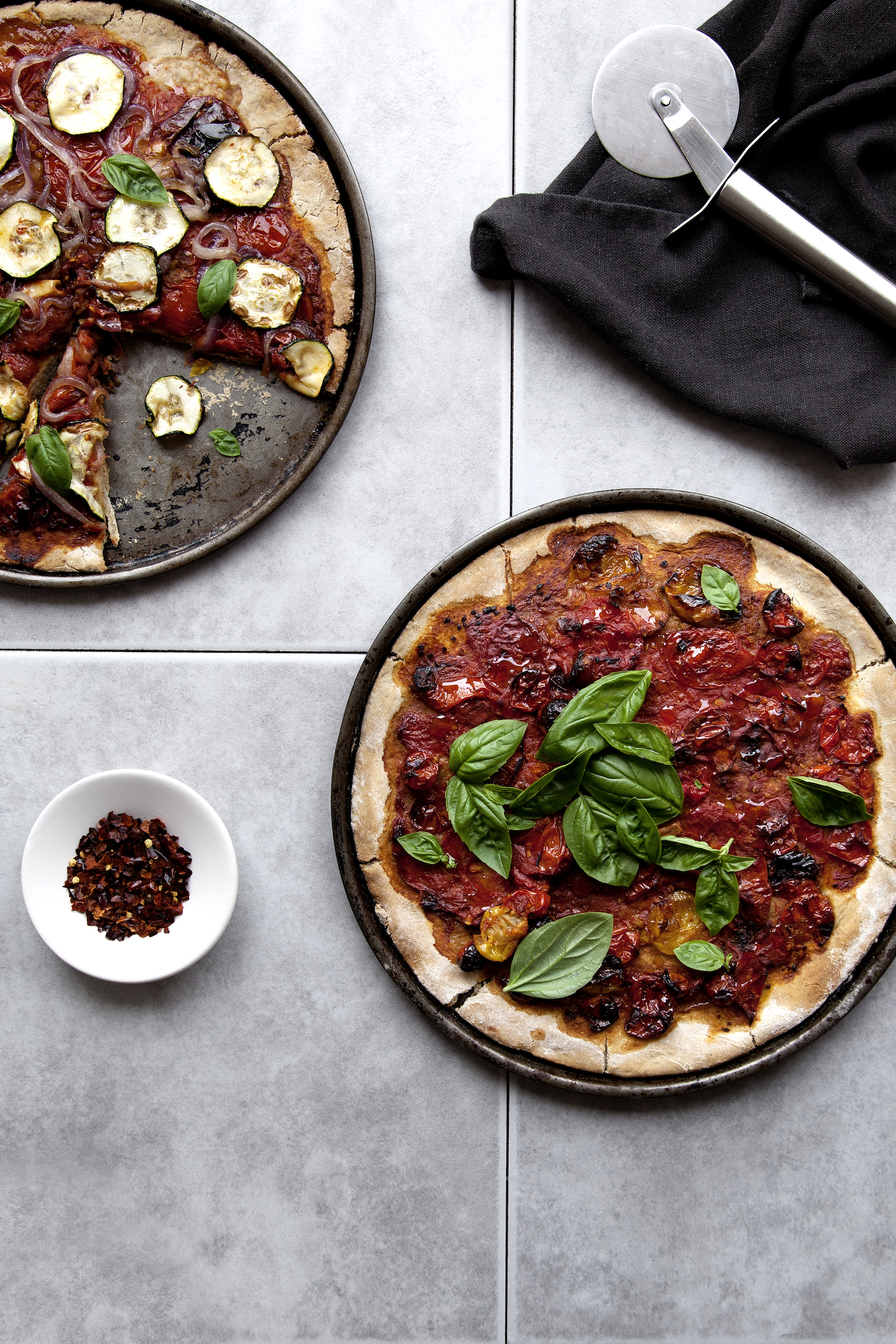Almond, Maca and Yacon Butter (& Banana Toast) // Kenkō Kitchen. Photography by Elisa Watson, styling by Kate Bradley (Kenkō Kitchen).
This recipe is simple, I know, however it is a classic in my house. I make this nut butter monthly and keep it in my pantry ready to be spread on toast, used as a filler in dates as a snack or as a dip for apple slices. It's SO delicious, and packed with goodness.
Almond, Maca and Yacon Butter (& Banana Toast)
Serves 2-3
Prep time: 10 minutes
INGREDIENTS
For the nut butter
2 cups almonds
2 tbs maca powder
2 tbs yacon syrup (or maple syrup if yacon syrup cannot be sourced)
For the banana toast
2 slices gluten free toast
1 banana
2-3 tbs almond, maca and yacon butter
pinch cinnamon
drizzle yacon syrup, raw honey or maple syrup
METHOD
Place almonds in your food processor or blender. Blend until a silky nut butter has formed (about 10-15 minutes)*. Add remaining ingredients and continue to blend until combined and smooth. Store in a jar in the pantry.
Serve nut butter on gluten-free toast. Top with banana, a pinch of cinnamon and a small drizzle of yacon syrup (as desired).
Note: For this recipe I used my Vitamix. I start on 10 to create a meal/flour with the nuts, then reduce to 2 until completely smooth. You will need to check on nut butter in intervals and use a spatula to bring the nuts down the side at various stages.


























